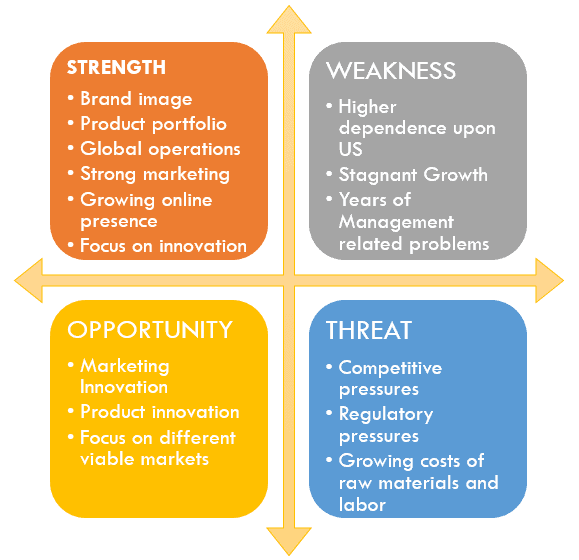Procter & Gamble Co. is looking into improving its positioning in the light-duty liquid detergent market. The company's associate advertising manager is studying some choices to make in order to achieve this objective. This case study looks at the options available for the company to take and the recommended actions to make.
Alice M. Court
Harvard Business Review (584047-PDF-ENG)
August 08, 2002
Case questions answered:
- Prepare a 5C Analysis of Procter & Gamble Co.
- Do a SWOT Analysis of the company.
- Explore the reasons for the success of P&G in the LDL category.
- What is the logic underlying the positioning of P&G’s existing brands in the LDL category?
- Should P&G introduce the fourth brand in the LDL category? What criteria should guide the decision-making process?
Not the questions you were looking for? Submit your own questions & get answers.
Procter & Gamble Co. (A) Case Answers
About The Company – Procter & Gamble Co.
Procter & Gamble Co. was an American Multinational FMCG Company founded by William Proctor & James Gamble in 1837. The company is headquartered in Cincinnati, Ohio, USA, and operates in more than 26 countries. It manages more than twenty-four 1 billion USD brands known worldwide, namely Gillette, Pampers, and many more.
The company is known for its global value addition in consumer products & iconic category-definition of products. The sales volume for P&G has more than doubled every 10 years due to new product introductions.
The Company’s Core Values

Q1. Prepare a 5C Analysis of Procter & Gamble Co.
Company:
- The company was founded in 1837 and incorporated in Ohio.
- The company currently operates 65 brands in 7 categories and gained 67.6 billion in revenue in 2019.
- It is an employee-centric company.
Customers:
- The company’s product range covers everyone from newborn babies to the elderly.
- Procter & Gamble Co.’s customers are diverse and are present on six continents.
- The company is shifting to a precise, smart audience targeting.
Competitors:
- The company has three main strong competitors, namely Unilever, Colgate-Palmolive, and Henkel.
Collaborators:
- Named as one of the top 10 companies for career opportunities, the company is considered a master of the supply chain.
- The company’s products are sold through various channels.
Context:
- The company monitors the changing customer preferences, and its awareness level is enhanced, which leads to precise targeting by the company.
- Socially, the company has more informed and responsible customers.
- The company utilizes technology in its advertising and point of interaction, which are always changing.
Q2. Do a SWOT Analysis of the company.

Q3. Explore the reasons for the success of P&G in the LDL category.
Company’s Reputation
- Talented HR
- Honest image in the industry
- Prudent Management
- Innovative Company
- Market Expertise
Divisional Line management
- LDL was part of the PS&D Division of Procter & Gamble Co.
- Helps in smooth, focused Business Operations
Strong brand positioning:
- P&G had 3 Brands, Ivory (1957), Joy(1949), and Dawn (1976), for different consumer needs
- Focussed Brand Strategy
Similar Pricing and Cost Structure across LDL Brands
- Uniform SKUs across Brands, similar pricing and cost structure across brands
- Marketing Expenses included 20% of the Total Cost
Performance Sub Category Growth & Price Sub Cat. Decline
- Delta Market Growth for 1973-81 (8 yrs.) in:
– Performance Cat: +16%
– Price Cat: -9%
- 2 of the three Procter & Gamble Co. brands operated in Performance Cat and none in Price Cat.
Unlock Case Solution Now!
Get instant access to this case solution with a simple, one-time payment ($24.90).
After purchase:
- You'll be redirected to the full case solution.
- You will receive an access link to the solution via email.
Best decision to get my homework done faster!
Michael
MBA student, Boston
 Best decision to get my homework done faster!
Best decision to get my homework done faster!